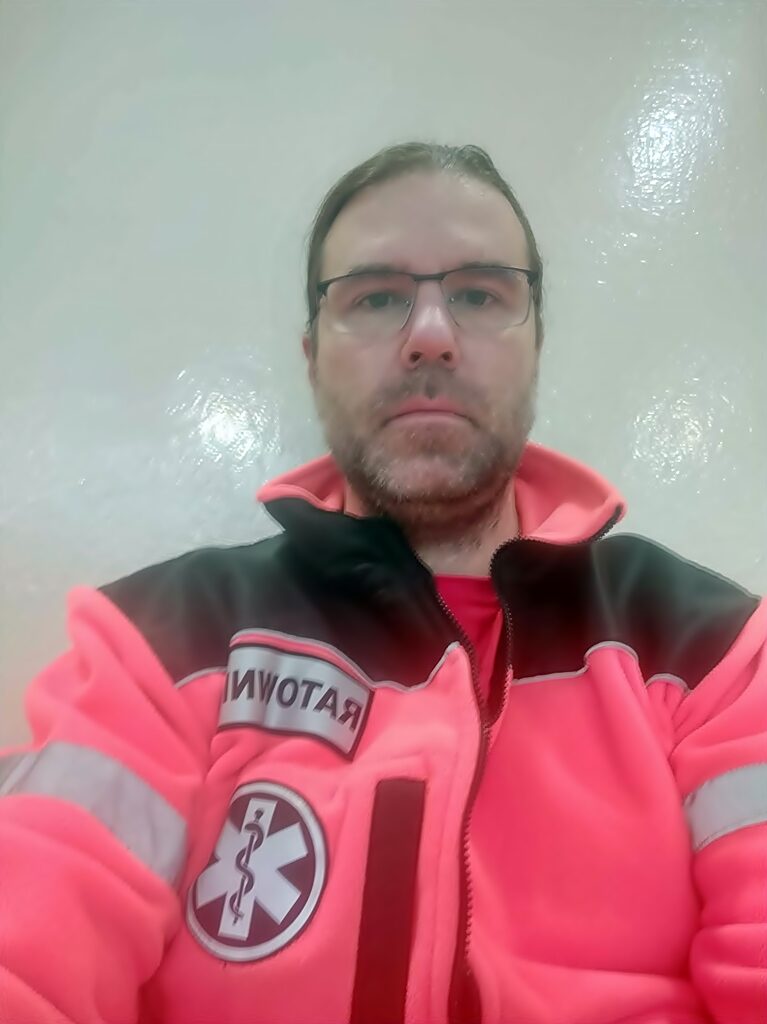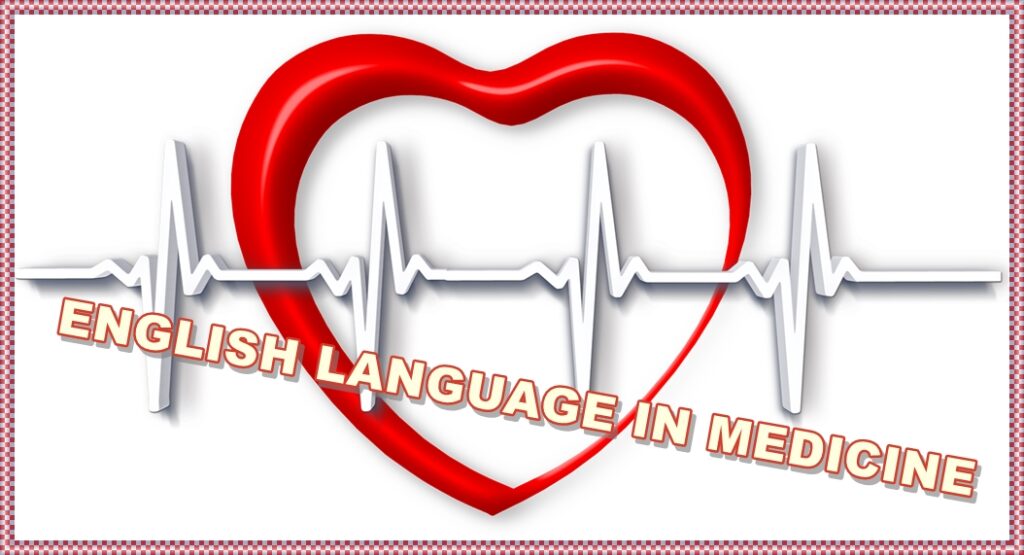
AKTUALNOŚCI
FIRST AID KIT
This week’s challenge concerned dealing with various kinds of haemorrhages as well as foreign objects in the wound. It is crucial to keep calm; however, one needs to be precise and act quickly. If a person who weighs 50 kg, loses 800 ml of blood, a mild shock may be observed. The more time is wasted, the more blood loss is expected.
| 800ml | Mild shock – patient responsive |
| 1400ml | Serious shock – problems with consciousness |
| 1800ml | Severe shock – the patient is unresponsive |
| 2000ml | Death |
Another element which was practised during the classes, was stabilisation of the object that got stuck in the wound. The students were given sticks and their task was to secure the wound and the object. Under no circumstances must one pull the object out due to severe complications such as massive bleeding. The object may be treated as a cork in a bottle. If removed, the blood loss is inevitable. My students acted well and they mastered another useful and applicable skill.
HOW TO DEAL WITH CHOKING
In our school, 3C students attend JAWM (Język angielski w medycynie). This week they have learnt how to deal with choking. There are two types of choking: light ( a person is able to cough) and serious (unable to cough and breathe). If the patient is conscious, we can give five blows between his or her shoulder blades. Each time the mouth should be checked. If these five blows are ineffective, try to do Heimlich manoeuvre (five thrusts). Repeat until the object is out or the person loses consciousness. Losing consciousness is better because the muscle tension is gone and it's more likely to find and get rid of the foreign object. Call an ambulance now. Start with chest compressions. !!!! If the person is obese or pregnant, Heimlich manoeuvre should be applied on the patient's chest.

FIRST AID KIT
Going to work as a rescuer during various sports events, my first aid kit must contain a bit more equipment that the standard kits used mostly at homes. As I have to deal with different injuries, my kit has multiplied bandages, sets of band aids, elastic bands, etc. It is even equipped with a cervical collar, pulseoximeter, penlight and splints.
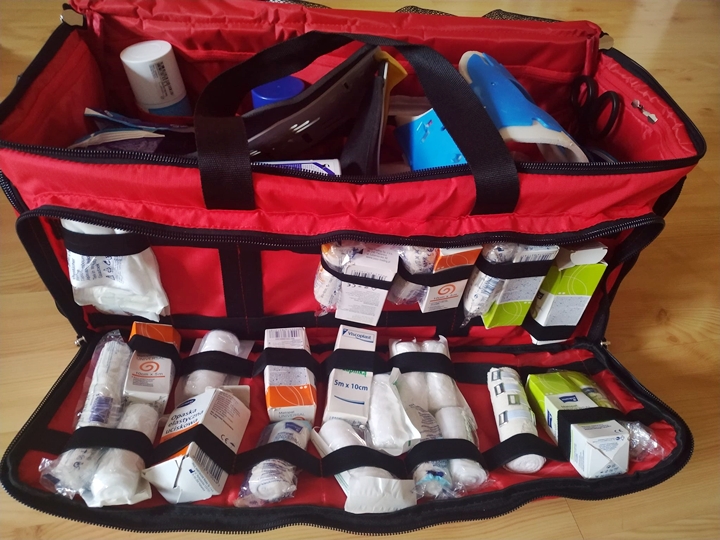
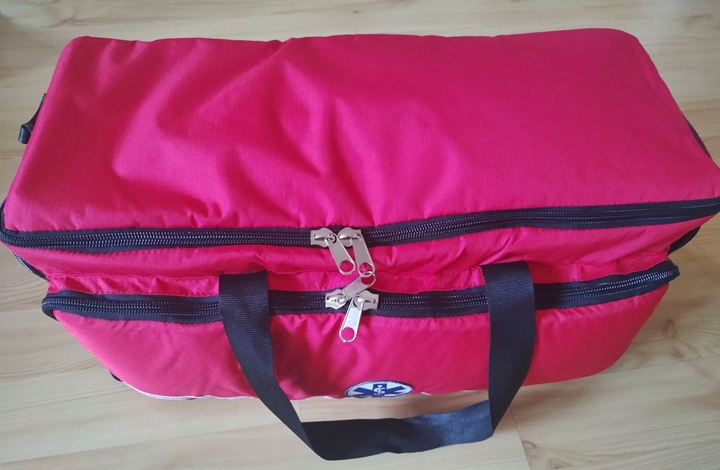
Nevertheless, at home, we should have a first aid kit in case of emergency. There are kits of smaller sizes in which you can find such items as: compressive bandages, set of band-aids, adhesive bandages, elastic bands, dressings, triangular bandages, wound compresses, scissors, a rescue blanket and disposable gloves.
Then, when you need to dress the wound or simply use a plaster, you know where these things are. It is a very simple and convenient solution at the same time. So why not spend some money and feel more secure?
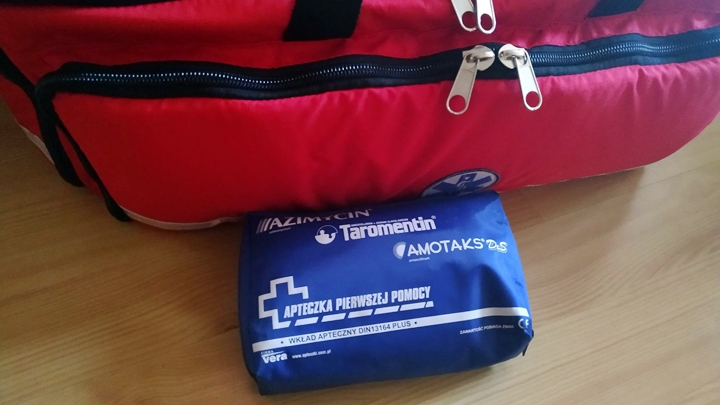
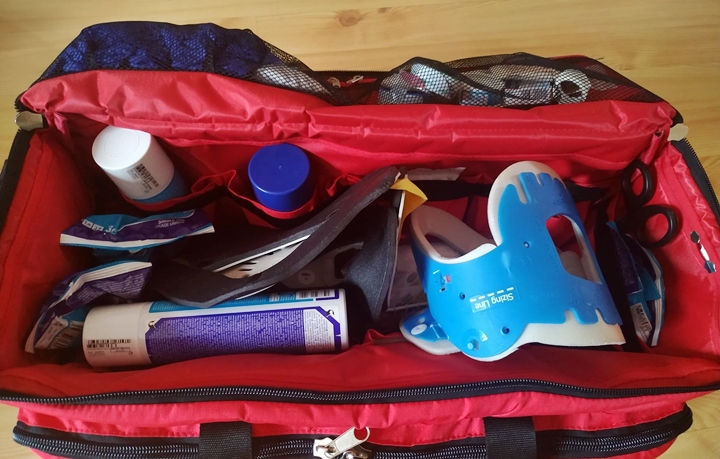
EMERGENCY FIRST RESPONSE IN SPORT
Being a player requires good health and self-discipline. Nevertheless, no matter how superb the player is, the injuries are inevitable during the game. In volleyball, for instance, the most common problems concern joints and sprained ankles may occur frequently.
What to do if you see an ankle that is swollen and painful? You need to act fast and apply an elastic bandage around the joint. Moreover, it is crucial to elevate the injured limb. Once it has been done, a cold compress must be added. The injured person should visit the specialist to exclude a serious injury.
Paweł Jastrzębski
nauczyciel języka angielskiego
